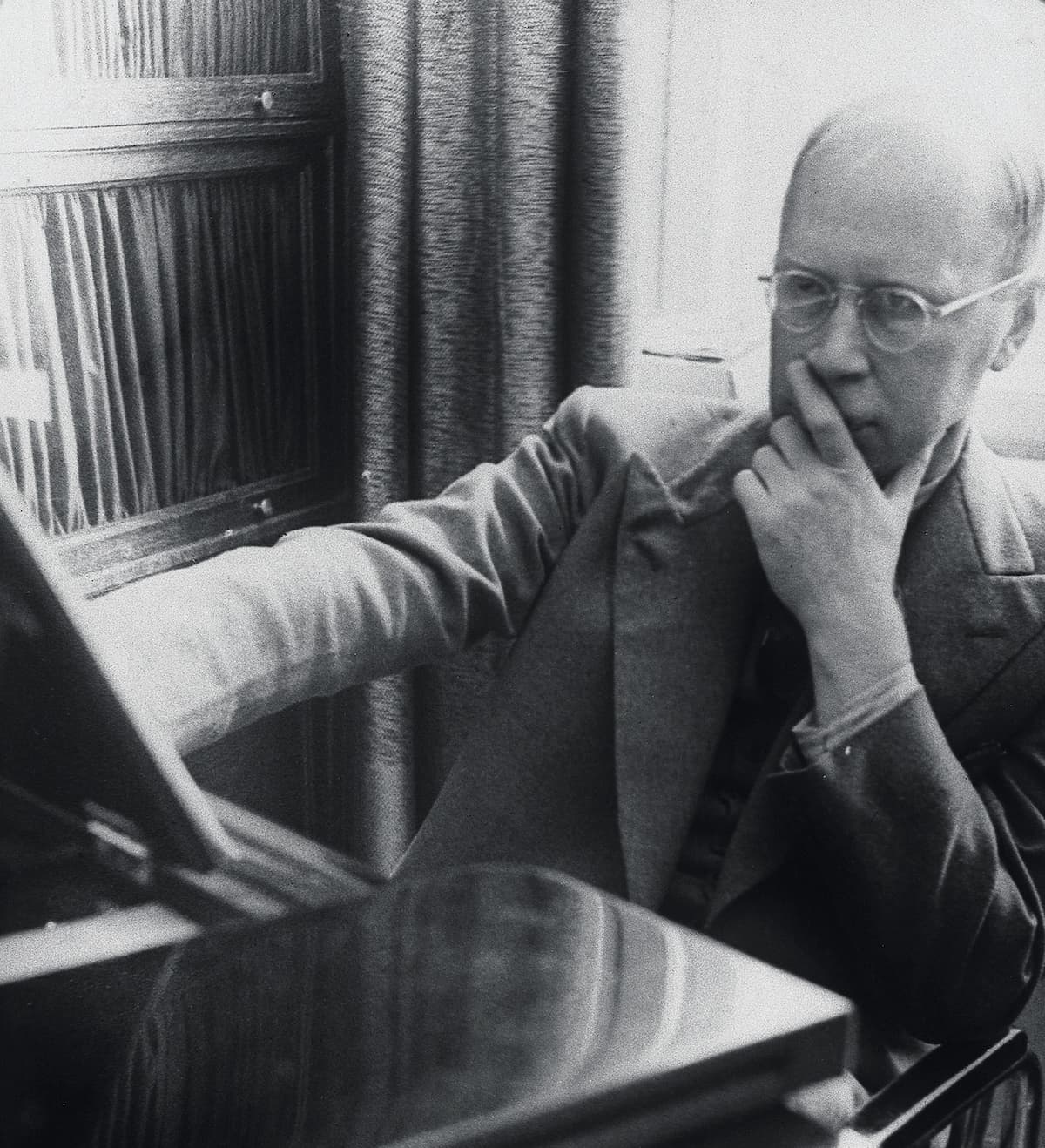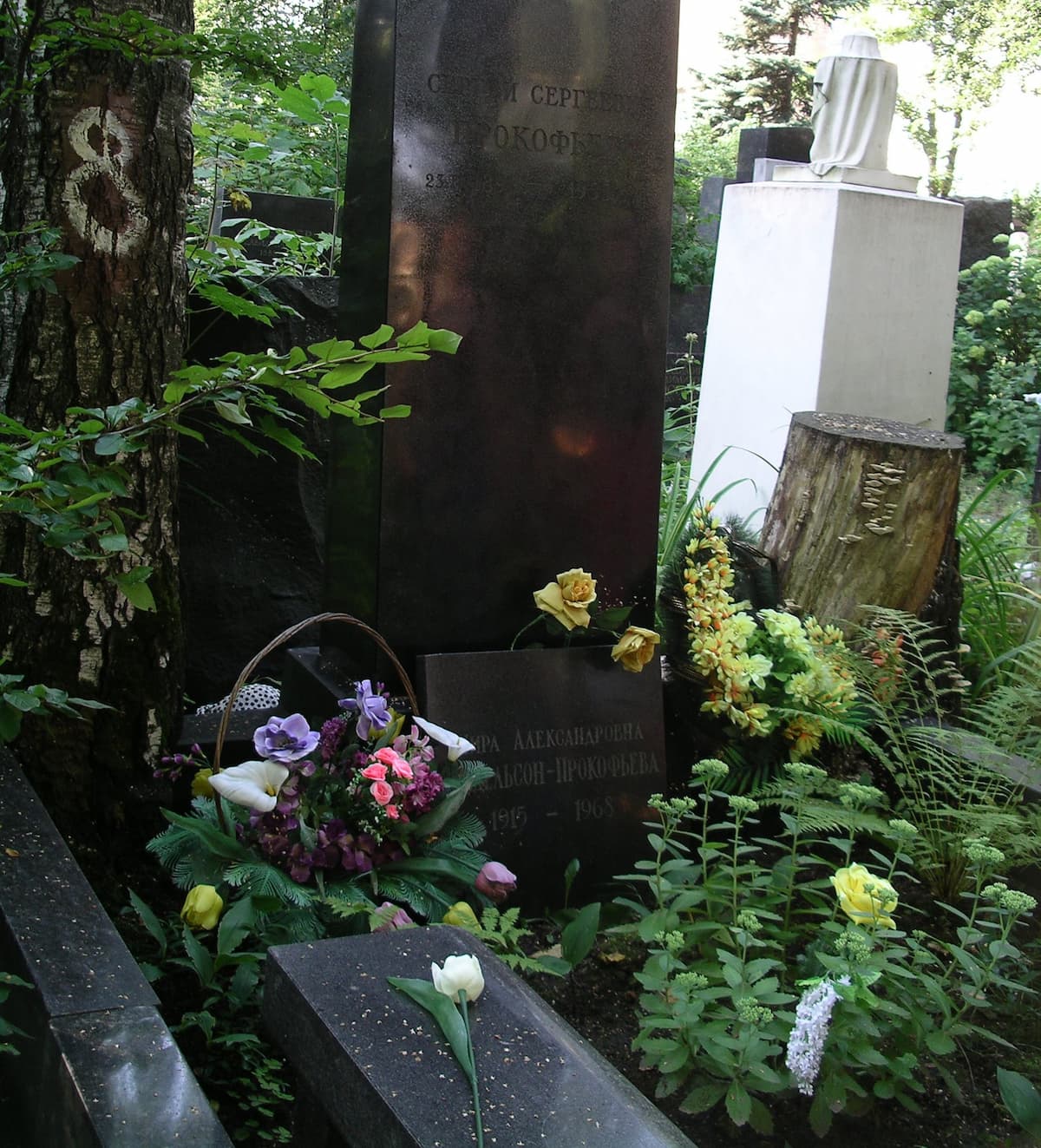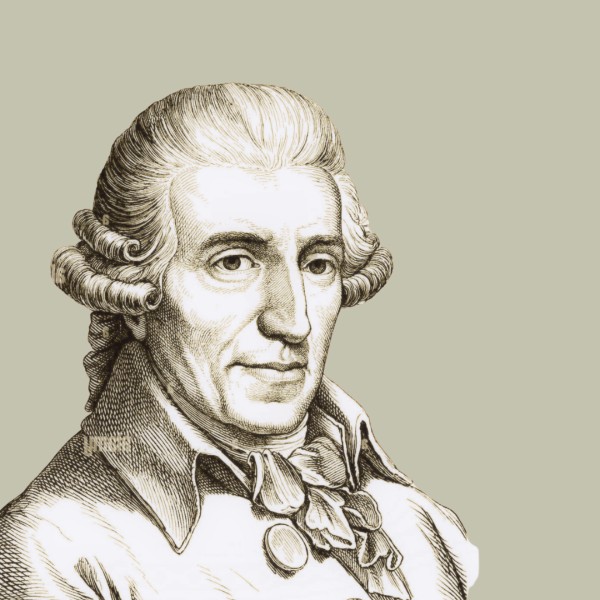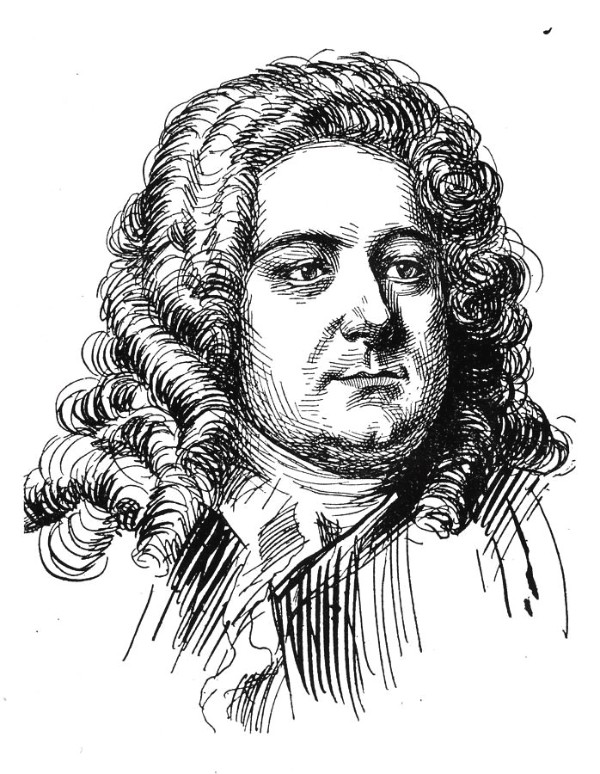Sergei Prokofiev was born on 23 April 1891 in Sontsivka, present-day Ukraine. He became one of the famous rebellious enfant terribles of twentieth-century Russian music.

Sergei Prokofiev
Here are a few facts about his life and career:
- Prokofiev’s music blended steely modernism and traditional Russian character. He often combined dissonance and complex rhythms with more melodic and folk-inspired ideas.
- Prokofiev was a child prodigy who began composing at an early age. When he was accepted into the Moscow Conservatory, he was several years younger than his fellow students. (He would irritate his older peers by keeping track of their mistakes.) He cultivated a reputation as a misfit and a rebel.
- Prokofiev had a complicated relationship with Russia and the Soviet Union. He left his homeland in 1918 after the Russian Revolution but, homesick, returned in 1936. He ran into trouble with Soviet bureaucracy, and his ex-wife was even sent to a gulag after attempting to defect.
- In his later years, his health was poor. Prokofiev died on the same day as Joseph Stalin, so his death received relatively little attention.
Intrigued? Hope so! Here are ten works by Sergei Prokofiev to immerse yourself in his world:
Piano Concerto No. 1 in D♭, Op. 10 (1911–12)
Prokofiev began his first piano concerto as a cocky twenty-year-old.
In 1914 he played this concerto at a piano competition. He figured he probably wouldn’t win if he performed a canonical piano concerto, but he might stand a chance if he entered with an impressive performance of his own little-known work. (And yes, he did in fact win.)
This work is fifteen minutes long and in one movement. It’s dramatic, powerful, spiky, and spicy.
Toccata in D minor, Op. 11 (1912)
In this work, Prokofiev takes a form that was invented in the late sixteenth century – the toccata – and brings it squarely into the mechanized twentieth.
Toccatas have always been fleet and virtuosic, but in his Toccata, Prokofiev brings those adjectives to another level, never allowing the performer (or the audience) a single moment to breathe. It’s a cold-blooded and deeply satisfying work.
Symphony No. 1 in D Classical, Op. 25 (1916–17)
Many composers are terrified to write their first symphony, given the storied history of the genre and the weight of expectations. Brahms, for example, took over twenty years to write and perfect his.
Young Prokofiev, however, turned those expectations on their head when he breezily wrote his brief but enchanting first symphony, nicknamed the “Classical.”
As the name suggests, this symphony is in a neoclassical style that pays tribute to the works of Haydn and Mozart, while putting a modern spin on the genre.

Sergei Prokofiev in 1900
On April 18, 1918, he wrote a typically confident entry in his diary about the premiere: “Rehearsal of the Classical Symphony with the State Orchestra, I conducted it myself, completely improvising, having forgotten the score and never indeed having studied it from a conducting perspective.”
Despite its composer’s devil-may-care attitude, the premiere was a success.
Violin Concerto No. 1 in D, Op. 19 (1916–17)
Prokofiev’s first violin concerto is like the soundtrack to a twisted fairytale, with long lush lines interplaying with repetitive, machine-like virtuosity.
It was composed against the backdrop of the oncoming Revolution. Despite the turmoil in the streets, 1917 turned into the most creatively productive year of Prokofiev’s life.
In 1918, he departed Russia for America, crossing via the Pacific and arriving in California. He made his way across North America, eventually finding himself in Paris, where his violin concerto was belatedly premiered in 1923.
Unfortunately, Parisian audiences in that particular time and place were hoping for something with a little more avant-garde bite, and the fairytale-like first violin concerto wasn’t their cup of tea. But time has been kind to it, and the concerto remains in the repertoire to this day.
Suite from “Lieutenant Kijé”, Op. 60 (1934)
In 1936, Prokofiev returned permanently to his homeland. However, before the move, he embarked on a series of long visits.
During one of these, he wrote the soundtrack to a film called Lieutenant Kijé, a satire set in 1800 tracing the misadventures of a fictional lieutenant who is created when a clerk mis-writes a name in a ledger.
This was Prokofiev’s first time writing for film, and, typically, he had very specific ideas about how he wanted to go about composing for this new genre. “I somehow had no doubts whatever about the musical language for the film,” he wrote.
The Moscow Radio Symphony Orchestra asked Prokofiev to adapt his soundtrack into a full orchestral suite, which he did. The suite remains popular in concert halls today.
Romeo and Juliet Suite No. 2, Op. 64ter (1936)
Prokofiev’s Romeo and Juliet ballet had a rocky beginning.
One of its choreographers resigned from the Kirov Ballet; the project was then moved to the Bolshoi; government bureaucrats were unconvinced about the ballet’s retooled happy ending; and everyone was generally jumpy after a 1936 Stalinist denunciation of renowned composer Dmitri Shostakovich.
Due to these delays, the music was heard before the actual ballet was produced.
That music is, like so much of Prokofiev’s output, both mesmerizing and terrifying. The lumbering bass of the Montagues and Capulets is especially legendary (at 2:45 in the recording above).
Peter and the Wolf, Op. 67 (1936)
One might not have expected this from the infamous enfant terrible of Soviet music, but in 1936, Prokofiev wrote one of the most famous educational works in music history, Peter and the Wolf.
It was commissioned by the director of the Central Children’s Theatre in Moscow. She wanted Prokofiev to write a special symphony for children.
The protagonist Peter plays in a meadow, listening to a whole menagerie of animals symbolized by various instruments.
Peter’s grandfather warns him of a gray wolf who might come to attack him. On cue, the wolf makes an appearance, but with the help of his animal friends, Peter is able to catch it.
Hunters come out of the forest, ready to kill the wolf, but Peter convinces them to put the wolf in a cage and bring it to a zoo instead. They do so, in triumphant, animal-parade formation.
The work has proven to be one of the most popular in the entire repertoire and is often used even today as an introduction to the orchestra and orchestral instruments.
War and Peace, Op. 91 (1941–52)
After the Nazis invaded the Soviet Union, Prokofiev teamed up with his new wife, poet/translator Mira Mendelson, to write a massive opera based on Tolstoy’s War and Peace.
He submitted a score to the Soviet Union’s Committee of the Arts in 1942. They wanted more patriotism, but Prokofiev was loath to substantially revise the opera, so he sprinkled in some patriotic marches instead.
Despite the changes, full-throated Party support of the opera was never forthcoming, and the massive project gradually lost steam.
Prokofiev would never actually get to see the entire thing fully staged. But it’s still a fascinating glimpse into how he treated large-scale projects and how politics affected art.
Symphony No. 5 in B♭, Op. 100 (1944)
Prokofiev wrote his fifth symphony in 1944, the summer of the Normandy landings. The long war was reaching a turning point, and this was reflected in his fifth symphony.
Publicly, at least, Prokofiev described the work as “a hymn to free and happy Man, to his mighty powers, his pure and noble spirit.”
He also wrote, “I cannot say that I deliberately chose this theme. It was born in me and clamoured for expression. The music matured within me. It filled my soul.”
At its January 1945 premiere, celebratory artillery was heard in the distance. Prokofiev didn’t begin the performance until the gunfire was over.
Later, the musicians and audience learned that the explosions had been a celebratory signal: Soviet troops had crossed into Germany, signaling a successful invasion. The war ended in Europe a few months later.
Even though this was a work written in a very particular time and place, its themes of overcoming struggle and battered optimism still resonate on a more universal level.
Symphony No. 7, Op. 131 (1951-52)
By the 1950s, Prokofiev’s health was declining. Nevertheless, he still managed one last symphony, his seventh. Somewhat ironically, his final symphonic testament was commissioned by the Soviet Children’s Radio Division.
One can hear a wistful melancholy and a world-weary resignation in this music, even in its more flamboyant passages. The bold aggression of the teenaged Prokofiev has mellowed considerably.
Prokofiev was pushed into altering his work. Originally the ending was quiet and sad. However, a conductor friend told Prokofiev that he should tack on a brief happy ending, which would make him more likely to please bureaucrats and win the Stalin Prize and its 100,000 ruble payout.
Prokofiev reluctantly agreed, but he told the friend, “Slava, you will live much longer than I, and you must take care that this new ending never exists after me.”
Prokofiev’s seventh never won the Stalin Prize, and he died before he could try again with his eighth.
Conclusion

Grave of Sergei Prokofiev
Sergei Prokofiev died on 5 March 1953, about an hour before Joseph Stalin. So many mourners were busy paying tribute to Stalin that his death went largely unnoticed for a long time.
There were no musicians available to play at his funeral, so his family played a recording of his own Romeo and Juliet suite instead. He was sixty-one years old.
For more of the best in classical music, sign up for our E-Newsletter


